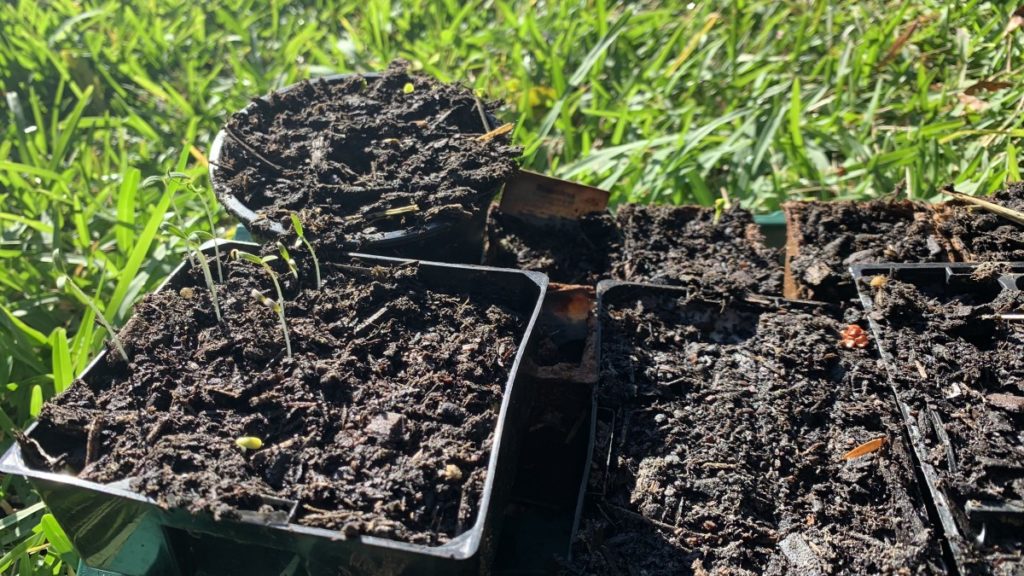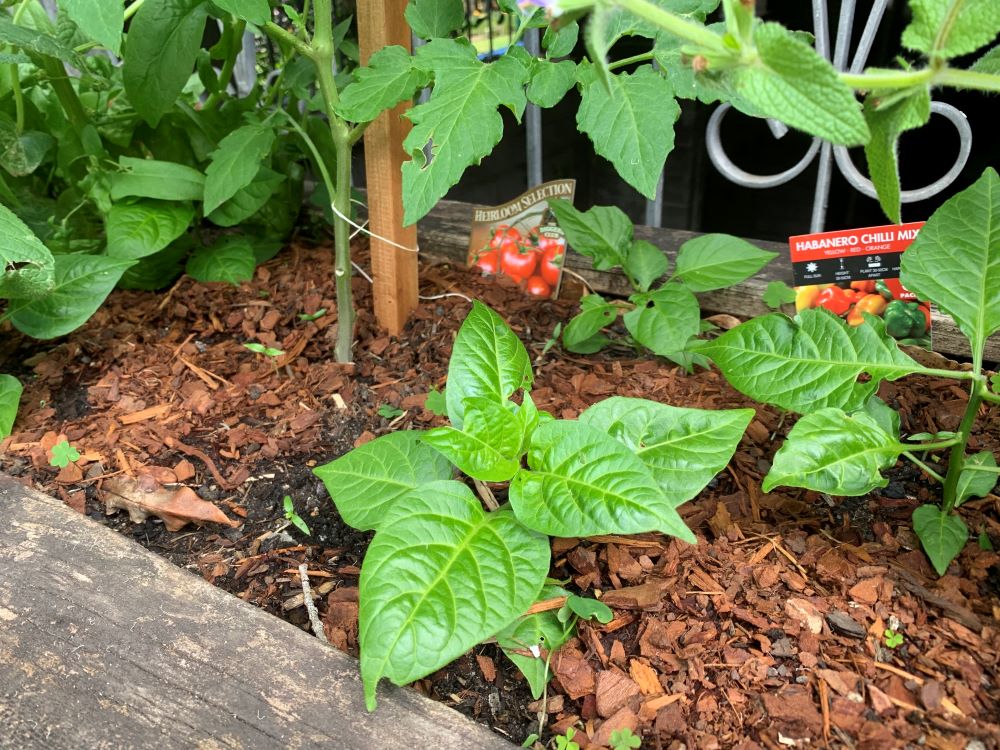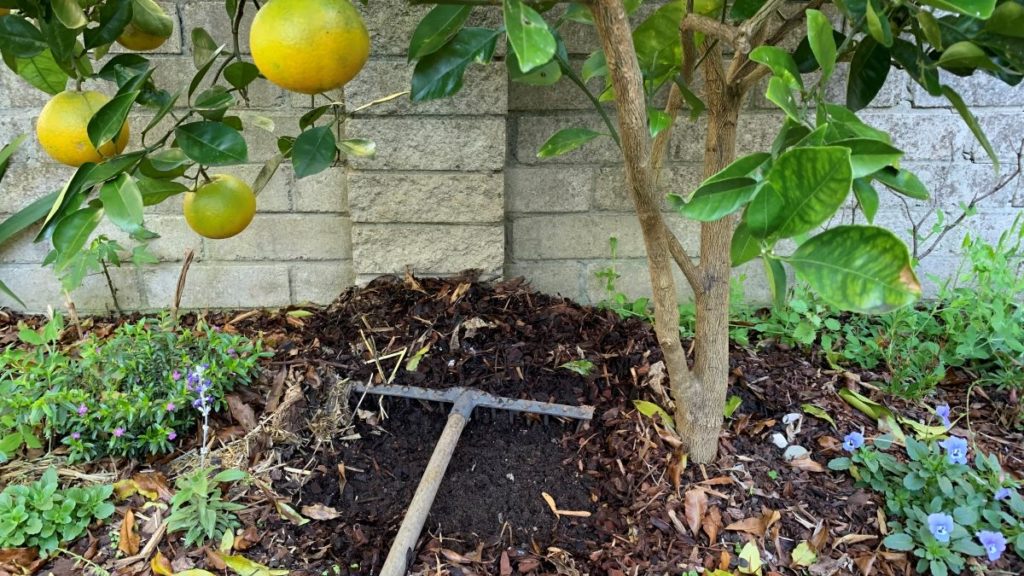Worm castings are a gentle soil conditioner that increases the organic matter content of the soil. This helps to improve drainage while also helping to improve soil structure and keep the soil consistently moist. Worm castings are a mild fertilizer and will include the nutrients that are broken down from the food scraps that the worms are fed.
Worm castings need to be mixed in with ground soil or potting soil for potted plants. Worm castings on their own will not contain the sand or structure that the plants need to grow healthy. It is best to mix worm castings with a ratio of up to 1:3 with 1 part castings to 3 parts soil.

You can also add less than this and your plants will still grow well. Worm castings add a range of healthy soil bacteria which will help to break down organic matter in the soil and release nutrients to your plants.
This article will explore whether you can use too much worm castings in your soil and what to do if you add too much.

Can you use too much worm castings?
It is possible to too much worm castings. If you mix too much into your ground soil before planting this can cause the structure of the soil to become too soft. It can also create a barrier between the plant roots and the ground soil. A hole that is filled with worm castings and not mixed with ground soil can cause water to get caught in the bottom and the roots may not spread.
Worm castings are soft organic matter that do not contain the sand or clay component like soil. This means that it is not a great substance for supporting large tree or shrub growth.
How to use worm castings
Here are my tips to use worm castings in your garden, potted plants and vegetable patch with success. These tips will help you to avoid adding too much to your yard and hindering your plant’s growth.
1. Mix a ratio of 1:3 worm castings to soil before planting new trees and shrubs
If you are planting a new tree or shrub into your yard you can mix through worm castings before planting. Use a rake to remove the old mulch and expose the soil
Think about mixing the worm castings in the soil in a dish shape. This means dig them in with a fork slightly deeper where ethe plant will go and shallower on the outer edges. This will encourage roots to grow out wide and healthy.
This method is perfect for new citrus trees like lemons, limes, oranges and mandarins. If you are planting a new mango tree like me or a large shrub like a lily pilly then worm castings are perfect. They are a mild fertilizer and do not contain too much of any nutrient.
They will not burn new plant roots but it is a good idea to let the soil to settle for 2 weeks if you can before planting. Cover the soil with mulch to keep it moist until you are ready to plant.
2. Mix worm castings through your vegetable garden at the start of each season

Worm castings are perfect for returning nutrients and structure to your soil after your summer or winter vegetable crops. Adding worm castings can help to balance out the healthy bacteria and add back the organic matter that was broken down over the season.
Remove your tomatoes, peppers and old basil plants at the end of summer and dig through worm castings. I like to add a shovel full per square foot as a general rule. I will gently dig it through the top foot of soil.
You can also mix through some compost and pelleted chicken manure at the same time to get ready for your next season’s planting. Let the mix settle in for at least 2 weeks before growing your next crop.
Note: Consider growing a cover crop of legumes to return nitrogen to the soil.
3. Mix up to 1/3 worm castings with your potting soil
To improve your potting soil you can mix through worm castings. Add up to 1/3 worm castings to your potting soil mix. This will add extra organic matter, nutrients and help the soil to hold water.
You can mix worm castings through seed raising mix as well. Before mixing the worm castings through, always sieve it if you are planning on planting seeds. Large particles can block the seed growth so make sure you remove the larger pieces.
4. Sprinkle worm castings as a top dressing for established plants
If you have extra worm castings you can simply sprinkle them on top of the soil around established plants. You can do this at any time but it is best to do this at the start of spring and fall. The nutrients will be gently washed down to the plant roots when it rains or when you water.
5. Mix worm castings through compost to top dress citrus
Worm castings are a great way to improve your citrus top dressing. I like to top dress my citrus each year in spring. To do this I will mix together 2/3 compost with 1/3 worm castings in a bucket or wheelbarrow. Rake back the mulch gently around the root zone.
You can then layer the top dressing on top of the root area around 2 inches thick. This will help to feed and protect the roots over the season helping you to get a bigger crop.

Can you use too much worm castings? | Summary
It is possible to use too much worm castings in your yard or potting soil. Worm castings on their own are not enough to sustain long term plant growth because they don’t contain the structural components of the sand or clay like soil does.
It is best to mix a ratio of 1:3 worm castings to soil to help plants to grow well.
Happy planting.
I am an accredited practicing dietitian, experienced gardener and a dedicated cook. I love writing and sharing my experience so you can learn from my successes and mistakes.
